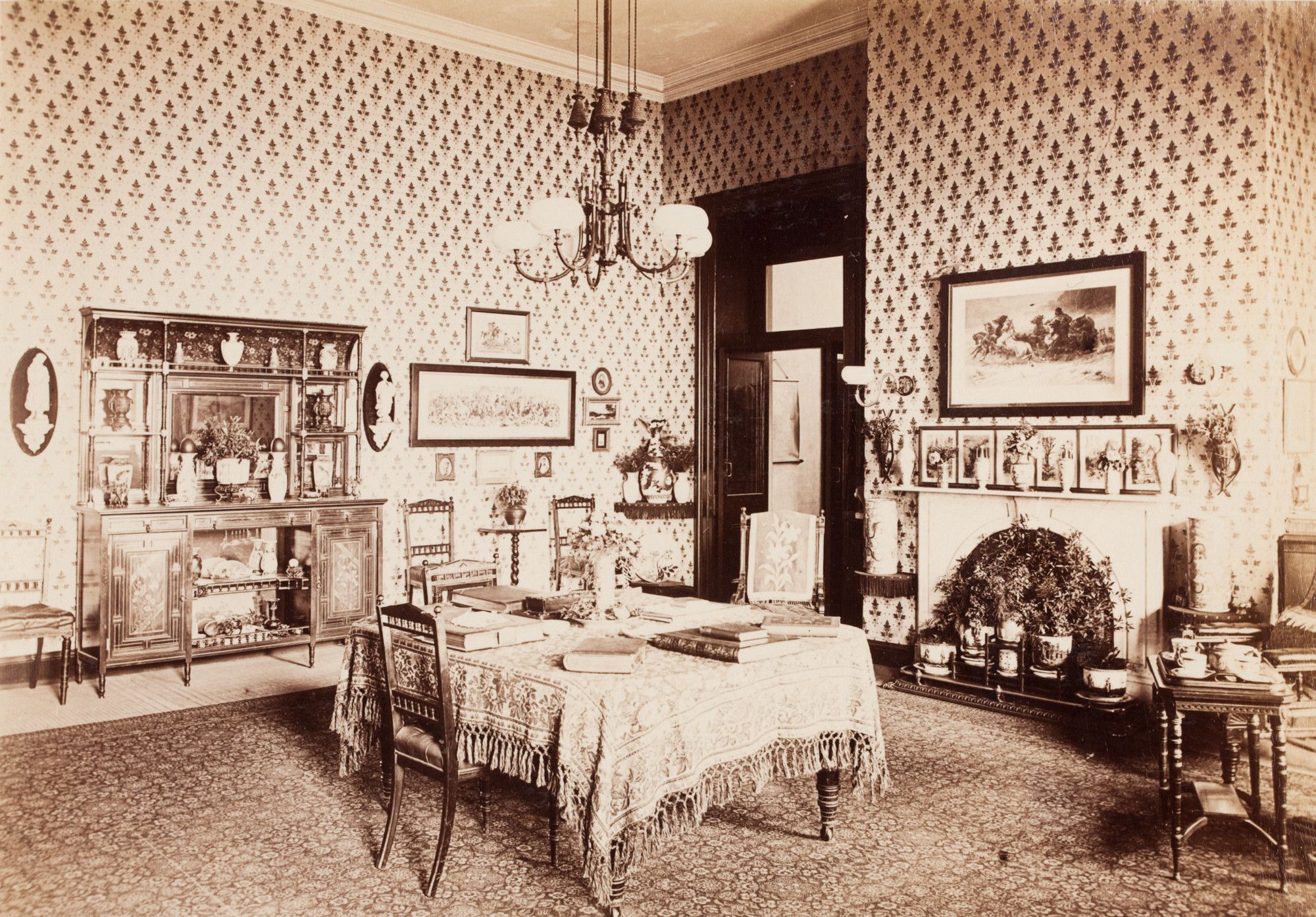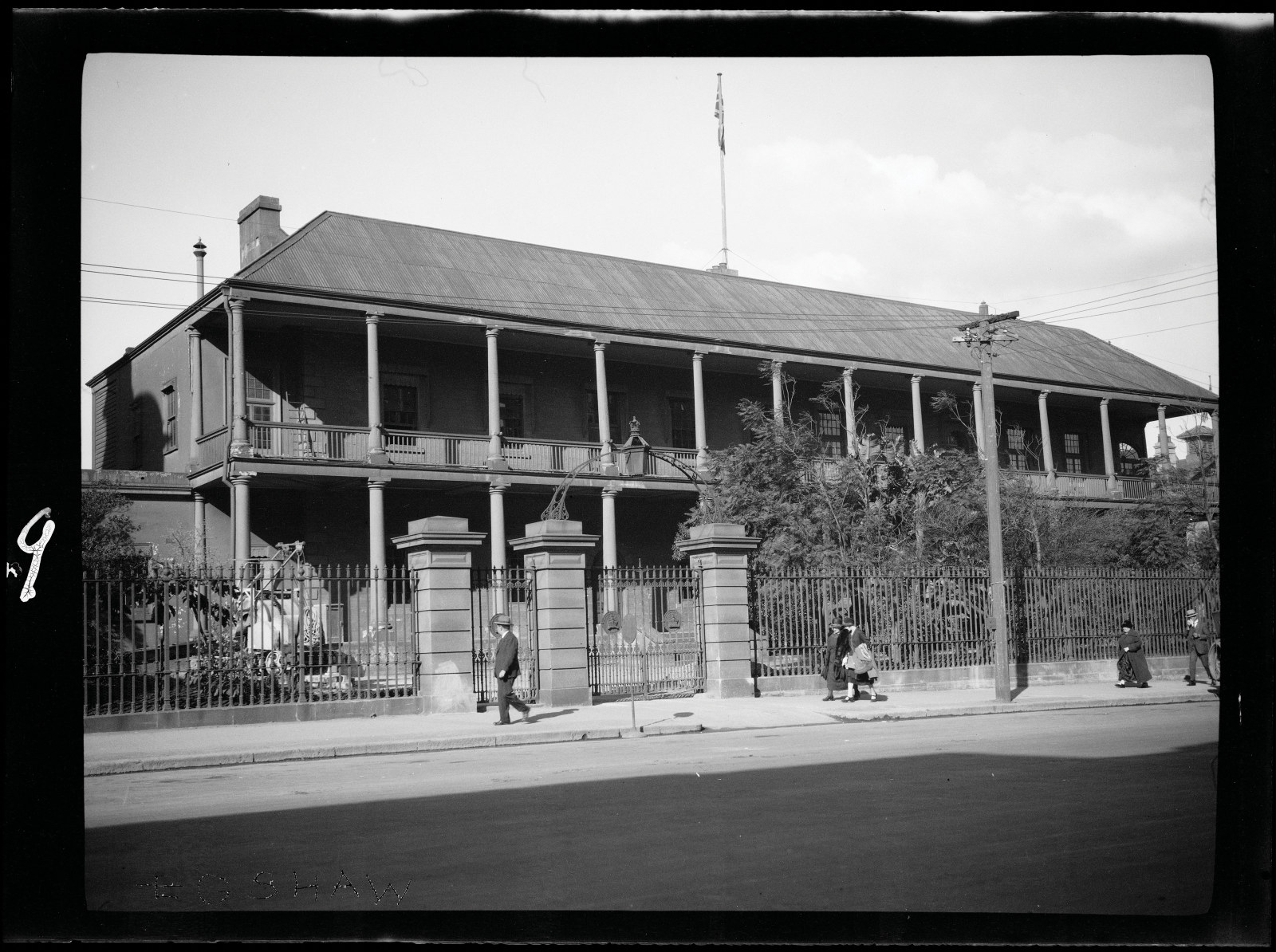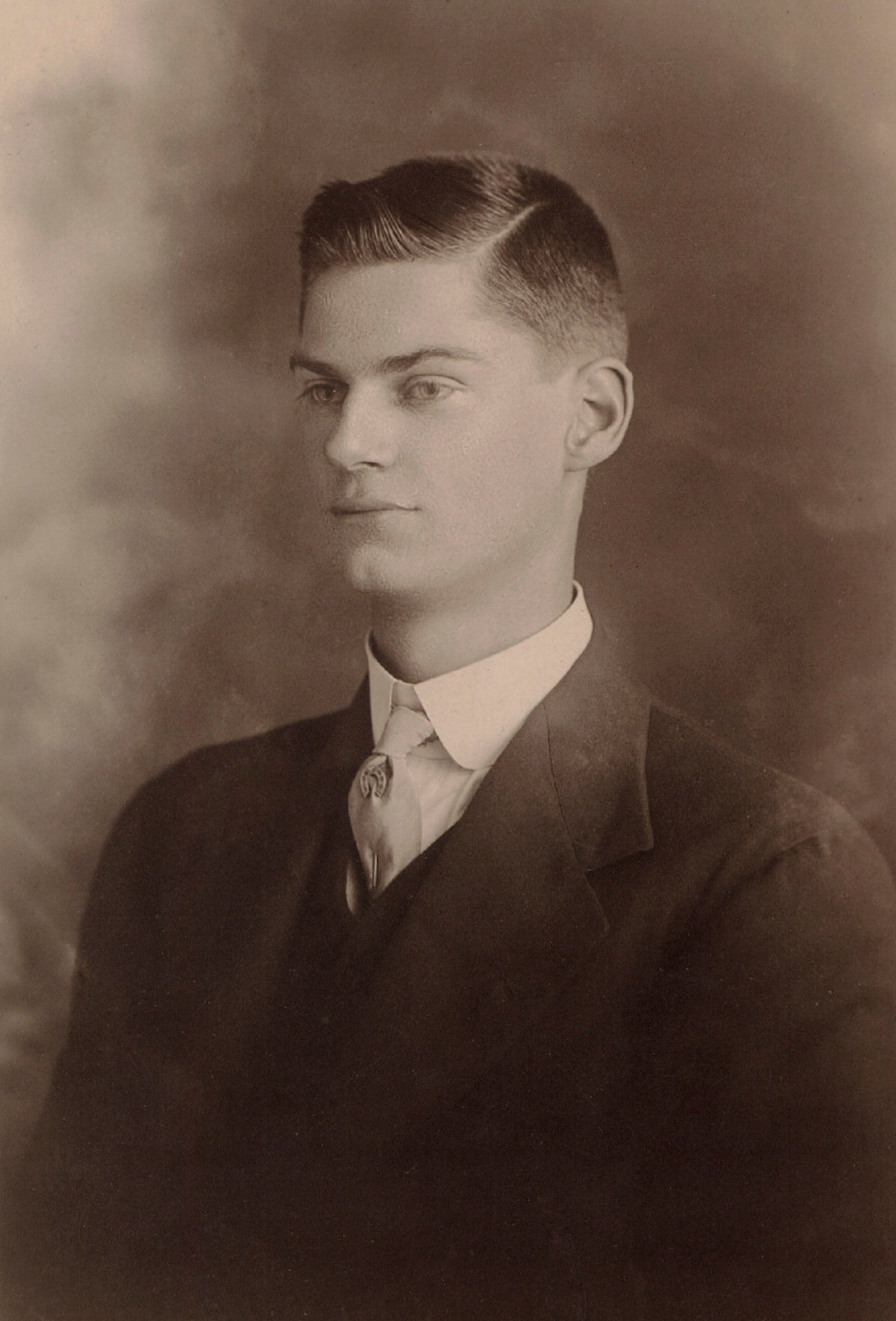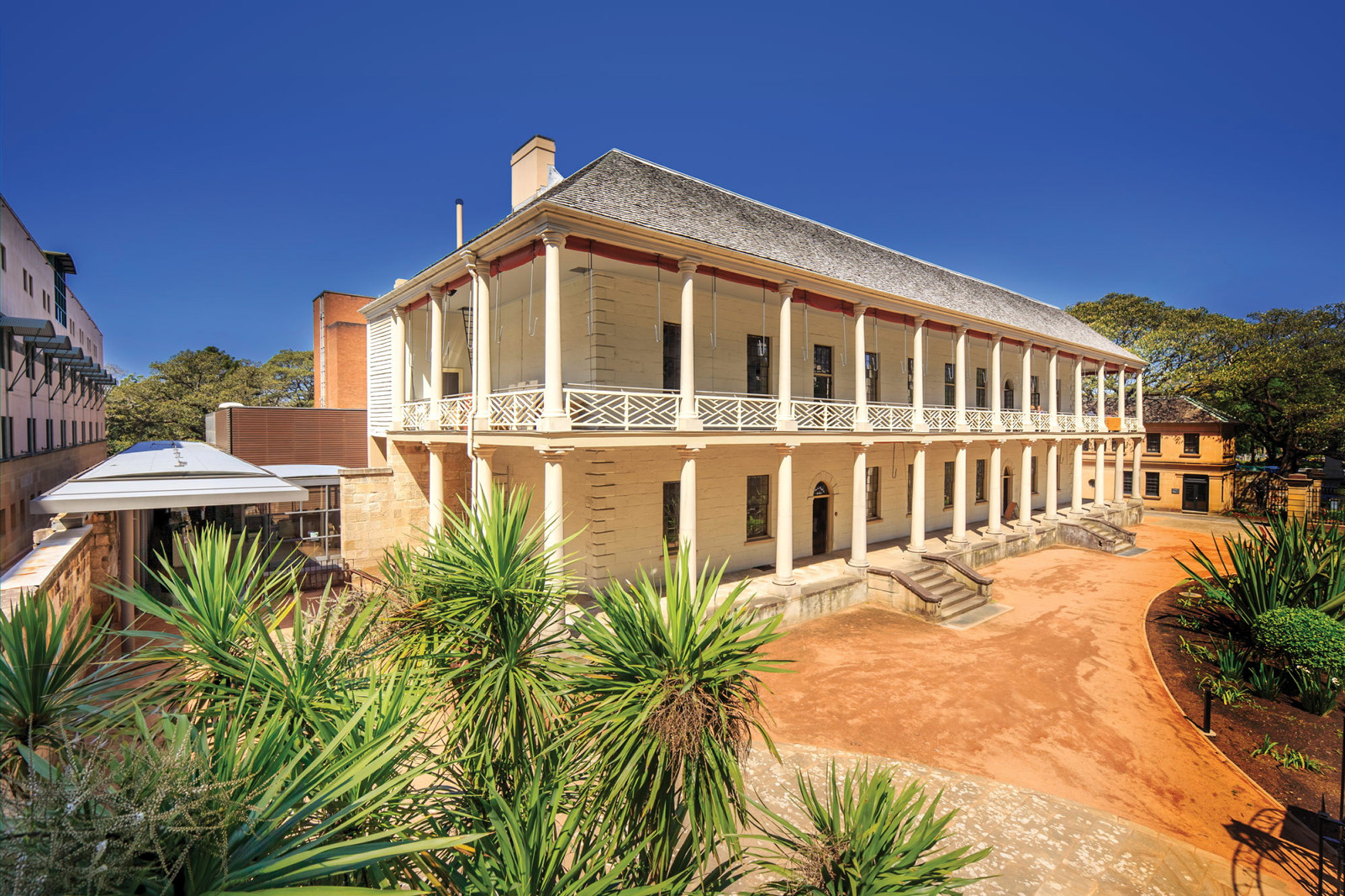The Mint transformed
A few years ago, as you made your way around the lofty columned verandahs of the old Mint offices on Macquarie Street, you came across an extraordinary and hidden place.
A quiet courtyard surrounded by boarded up sandstone facades, broken and torn sandstone walls, overgrown trees and 19th century pitched roof forms crushed under the weight of asbestos cement 'sheds', This was the central courtyard and coining factory buildings of the historic 1850s Royal Mint, one of the most precious and significant heritage sites of 19th century Sydney, empty and decaying, a neglected ruin, right in the civic heart of our City.
But within this image of broken and neglected architecture there was great beauty and great promise. It was, even in this broken, incomplete form, a special place with a unique character. Finely proportioned facades creating a quiet place, protected from the busy streets, offering views towards the roof of Hyde Park Barracks Museum and the spires of St Mary's Cathedral. There was also a strange beauty in its tiled and crumpled walls and torn facades.
In 2002, our task was to develop a vision for this place, this site, to imagine how it could be transformed into a vibrant centre for Sydney Living Museums (now Museums of History NSW) and become an inviting public place open to all, and at the same time preserve the magical quality of this special hidden ruin, shy to the public gaze.
We began by studying the historic plans, photographs and maps to understand the original vision for the site and how it has been progressively altered over time. The key appeared to be the rigorous geometry and symmetry of the plan realised In 1854 to the design of Joseph Trickett, Superintendent of Coining. At the centre of this bold and uncompromising vision was the grand two storey sandstone supervisor's pavilion and this strong symmetry remained despite many subsequent alterations. But the entire northern part of the original complex, almost half the building. had been demolished and the great clerestory lantern and roof of the coining factory lost.
to imagine how it could be transformed into a vibrant centre ... and become an inviting public place open to all, and at the same time preserve the magical quality of this special hidden ruin, shy to the public gaze
We could not possibly put all this back and, even if we could, what vision would that be for the 21st century, remembering that in its day the original Mint was one of the most technologically advanced and innovative buildings with its use of prefabricated systems, fine steel structure and flat roof construction.
So we developed an approach of carefully weaving new contemporary forms and technology within the existing. At each moment the materials and forms of the new were created in juxtaposition with the solid sandstone forms to contrast and complement, to create greater transparency and openness, to transform a walled place for secure Industrial production into an inviting public place and campus-like environment for Museums of History NSW.
Rather than following Trickett's rigid centralised geometry we created a new asymmetry based on the position of the northern entry to the Macquarie Street Mint offices and the central superintendent's pavilion.
Underpinning the introduction of new contemporary architectural forms was a guiding geometry that created new lines of symmetry through the site. Rather than following Trickett's rigid centralised geometry we created a new asymmetry based on the position of the northern entry to the Macquarie Street Mint offices and the central superintendent's pavilion. To overcome the domination of the central solid sandstone superintendent's pavilion we added a sister pavilion, a softer, more transparent companion balanced either side of a new geometry and a new line of entry.
These two pavilions create a new, more complex character and structure to the site. One is old, solid, stone, rests heavily on the ground and is the new Caroline Simpson library & Research Collection. The other is new, transparent, timber and glass with a flowing curved canopy within, 'floats' over ground and archaeology, and is the new auditorium. Brother and sister pavilions for study and debate, given equal importance and between them redefining the courtyard and entry.
To the north of the new timber and glass pavilion we placed a long horizontal sheltering plane, reaching from Macquarie Street through the site to the Domain. This new steel plane hovers protectively over the beautiful old crumpled stone and brick boundary wall and creates a new foyer, bar and exhibition space opening onto the courtyard.
Sitting under this light ‘floating’ canopy, with the pavilions on your right, you can look across the new lawn of the courtyard toward a silhouette of the coining room lantern, the steep pitch of the shingled Hyde Park Barracks Museum roof and towards the soaring stone spires of St Mary's Cathedral. A very special vista from a quiet, sheltered courtyard, a very special public place.
... our attention has been as much on the broken remains of stone walls as the fine facades and proportions.
It is this creation of a place that has been at the heart of the project, for no one element of the design is more important than the other. It is the whole, the complex interrelation that has been the objective, the place rather than the object. So our attention has been as much on the broken remains of stone walls as the fine facades and proportions. We have measured and aligned existing profiles and fragments so as to place a sheltering glass plane or a steel connection in careful juxtaposition. And we have chosen natural warm timber to contrast and complement the sandstone, all carefully jointed, aligned and assembled.
All this still remains, a little hidden from Macquarie Street, behind the old Mint offices, but by way of invitation a louvered plane hovers over the northern wall and extends a little towards those on Macquarie Street, beckoning them into this wonderfully surprising place.
Published on
The Mint
Browse all
Unexpected views
Over the decades, photographers have captured unexpected glimpses of the Mint’s history

Museum stories
The changing face of the Mint
As photographers documented the evolving face of the Mint, they recorded changes to the site and streetscape

